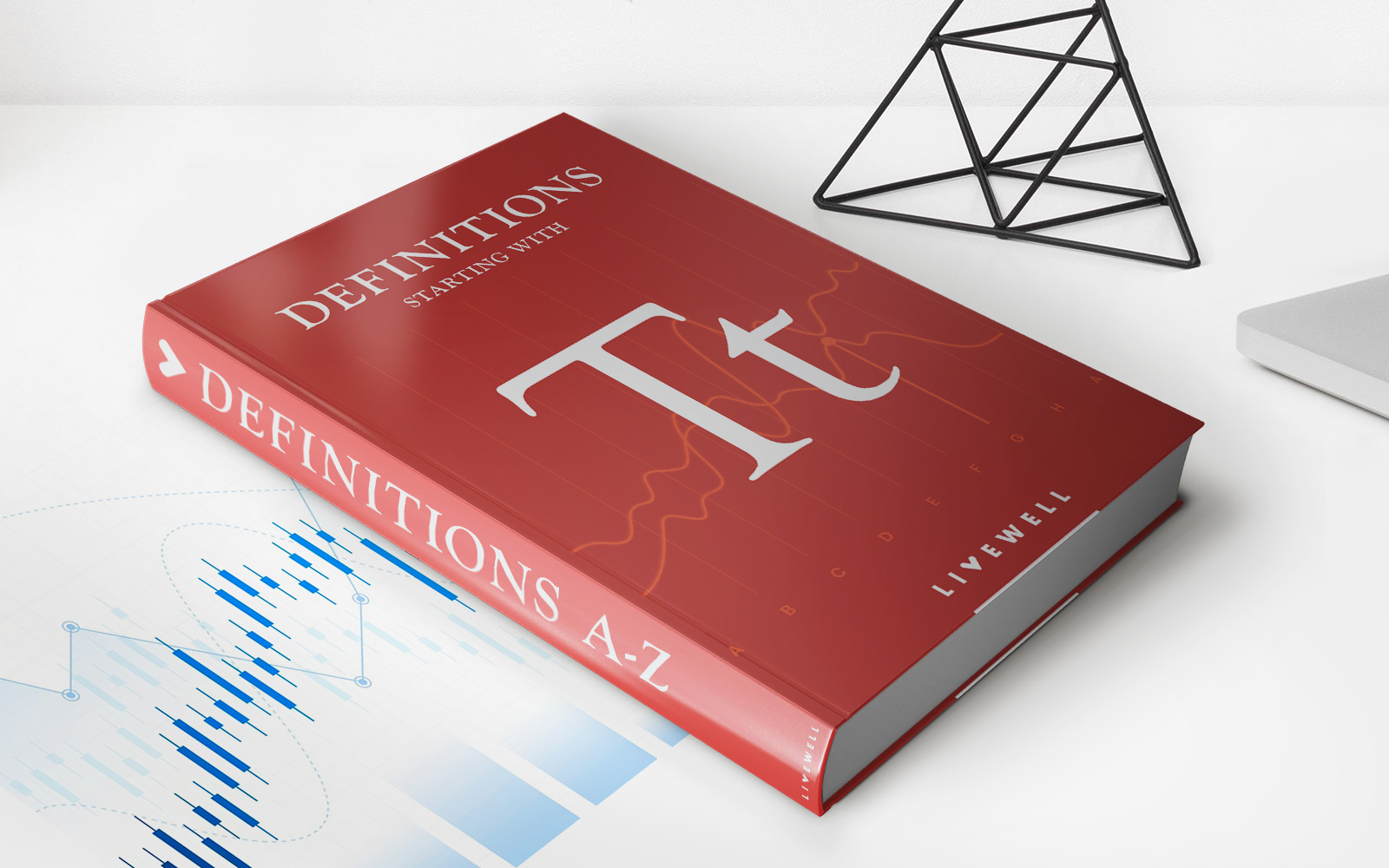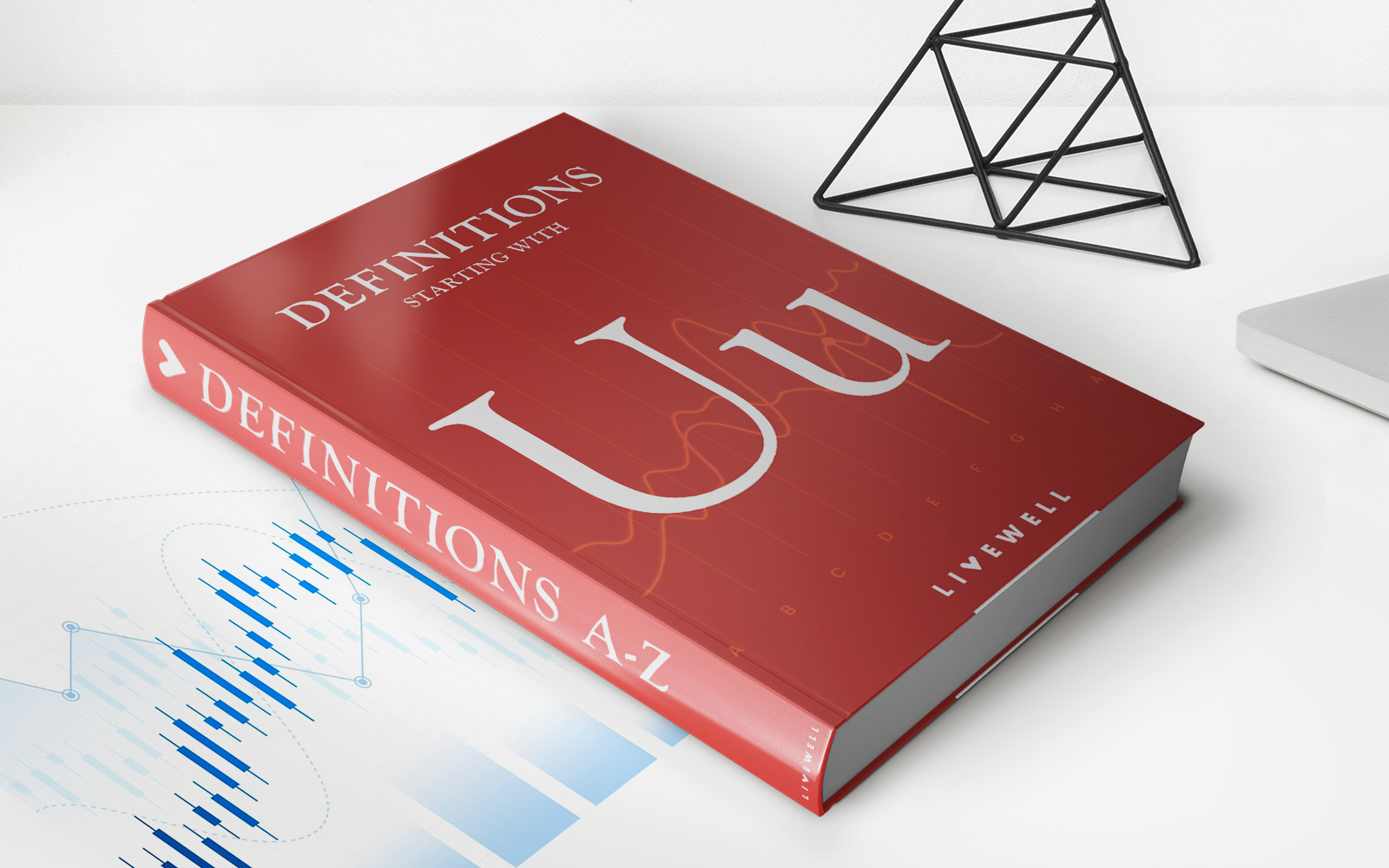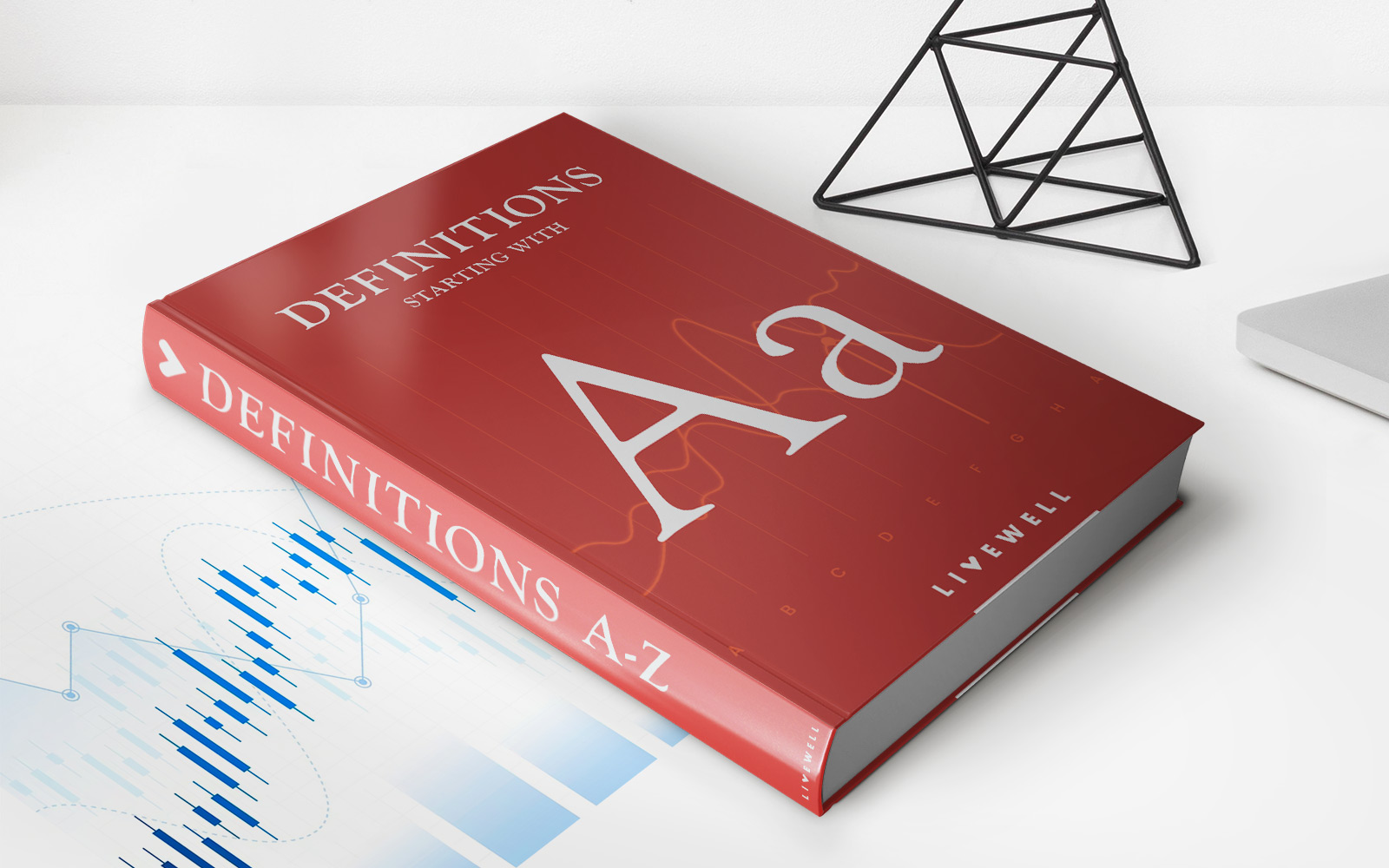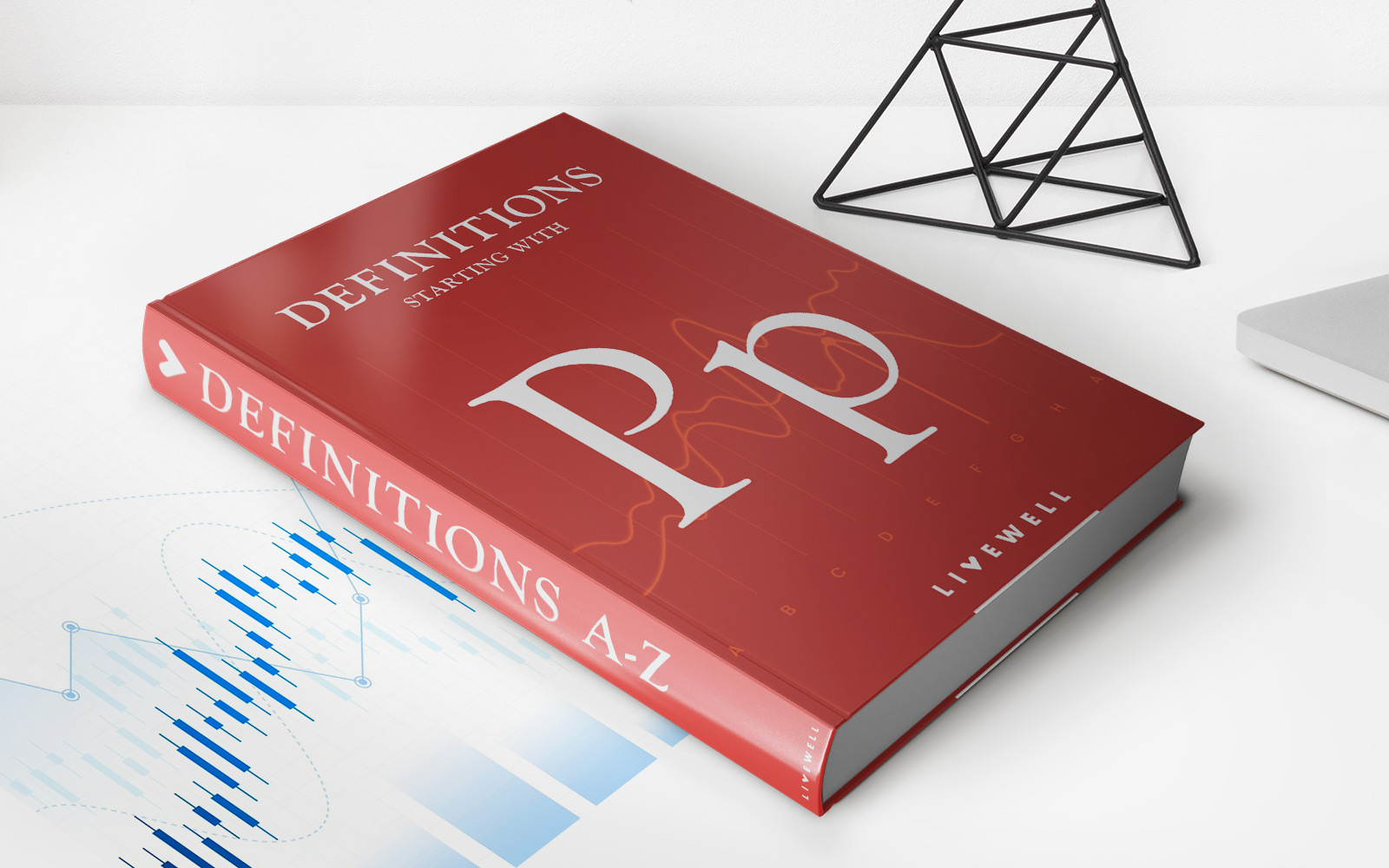Home>Finance>When An Umbrella Policy Is Broader Than Underlying Insurance


Finance
When An Umbrella Policy Is Broader Than Underlying Insurance
Modified: February 21, 2024
Get comprehensive financial protection with an umbrella policy that offers broader coverage than underlying insurance. Learn more about umbrella policies and their benefits in finance.
(Many of the links in this article redirect to a specific reviewed product. Your purchase of these products through affiliate links helps to generate commission for LiveWell, at no extra cost. Learn more)
Table of Contents
- Introduction
- Understanding Umbrella Policies
- The Relationship Between Umbrella Policies and Underlying Insurance
- Instances When an Umbrella Policy Provides Broader Coverage
- Common Exclusions in Umbrella Policies
- Evaluating the Need for Umbrella Coverage
- How to Choose the Right Umbrella Policy for Your Needs
- Conclusion
Introduction
When it comes to protecting your financial well-being, insurance is a crucial tool. Most individuals and businesses have various insurance policies in place to cover their assets and liabilities. These policies, commonly known as underlying insurance, offer essential coverage for specific risks.
However, there may be situations where the limits of your underlying insurance coverage are not sufficient to fully protect you in the event of a large claim or lawsuit. This is where an umbrella policy steps in to provide an extra layer of protection.
An umbrella policy is a type of liability insurance that extends beyond the coverage limits of your underlying policies, such as auto, home, or business insurance. It is designed to provide broader coverage and higher limits for both personal and commercial liability exposures.
In this article, we will delve deeper into the world of umbrella policies and explore the relationship between umbrella policies and underlying insurance. We will also discuss instances where an umbrella policy can broaden your coverage and the common exclusions you need to be aware of. Finally, we will provide some guidance on evaluating the need for umbrella coverage and choosing the right policy for your specific requirements.
So, if you’re curious to learn more about how an umbrella policy can provide you with added peace of mind and protect your financial interests, read on.
Understanding Umbrella Policies
Before delving into the specifics of umbrella policies, it’s important to have a clear understanding of what they entail and how they differ from your underlying insurance coverage.
An umbrella policy is a type of liability insurance that provides an extra layer of protection beyond the limits of your underlying policies. It acts as a safety net in the event of a significant claim or lawsuit, ensuring that you have additional coverage to shield your assets from potential financial loss.
Unlike your primary insurance policies, which typically have specific limits for each type of coverage, an umbrella policy provides a higher aggregate limit that applies to all covered liabilities. This means that if you face a claim that exhausts the limits of your underlying policies, the umbrella policy can kick in to cover the remaining amount, up to its limit.
Umbrella policies are usually purchased in increments of one million dollars, starting from a minimum coverage amount of one million. However, higher coverage limits, such as two million or five million dollars, may be available depending on your needs and the insurance provider
In addition to providing additional coverage, umbrella policies can also offer broader protection. While your underlying policies may have certain exclusions or limitations, an umbrella policy can fill in those gaps and provide coverage for a wider range of risks.
Key points to understand about umbrella policies:
- They provide an extra layer of liability coverage beyond the limits of your primary insurance policies.
- They have higher aggregate limits that apply to all covered liabilities.
- They can offer broader protection by filling in the gaps of your underlying policies.
- They are typically available in increments of one million dollars.
- They can be purchased to provide coverage for both personal and commercial liability exposures.
Now that you have a basic understanding of umbrella policies, let’s explore the relationship between these policies and your underlying insurance coverage.
The Relationship Between Umbrella Policies and Underlying Insurance
Umbrella policies and underlying insurance policies work together to provide comprehensive protection against potential liabilities. Understanding the relationship between these policies is crucial to ensure that you have adequate coverage.
Underlying insurance policies, such as auto, home, or commercial liability insurance, are the primary policies that cover specific risks. They have their own coverage limits, exclusions, and terms. These policies are typically purchased to fulfill legal and contractual requirements and offer protection for common risks.
An umbrella policy, on the other hand, does not replace your underlying policies but supplements them. It is designed to provide an additional layer of liability protection when the limits of your underlying policies are exhausted.
Here’s an example to illustrate the relationship between umbrella policies and underlying insurance:
Let’s say you have auto insurance with liability coverage limits of $300,000. Unfortunately, you are involved in a severe accident where you are found responsible, and the damages and medical expenses exceed your auto policy limits. In this situation, the umbrella policy can kick in and provide additional coverage, up to its specified limit, to cover the remaining amount.
It’s important to note that umbrella policies usually require you to have certain underlying insurance policies in place. These mandated underlying policies are referred to as “primary policies.” The primary policies act as a prerequisite for umbrella coverage.
The underlying insurance policies not only serve as a requirement for umbrella coverage but also contribute to the cost calculation of the umbrella policy. Insurance companies consider the limits and types of underlying policies you have when determining the premium for the umbrella policy.
When it comes to a claim, your umbrella policy will generally only apply once the underlying insurance policy’s limits have been exhausted. This means that you must first file a claim with your underlying insurance policies before turning to the umbrella policy.
The relationship between umbrella policies and underlying insurance is complementary, providing you with a comprehensive layer of protection by filling gaps in coverage and offering higher liability limits when needed.
Now that we understand the relationship between umbrella policies and underlying insurance, let’s explore instances where an umbrella policy can provide broader coverage.
Instances When an Umbrella Policy Provides Broader Coverage
An umbrella policy provides more than just additional coverage; it also offers broader protection in various situations. Let’s explore some instances where an umbrella policy can broaden your coverage:
- Personal injury claims: Personal injury claims, such as libel, slander, or defamation, may not be covered by your standard liability policies. However, an umbrella policy typically includes coverage for personal injury claims, providing you with added protection.
- Accidents involving high-value assets: If you own significant assets, such as multiple properties, valuable artwork, or luxury vehicles, the liability limits of your underlying policies may not be enough to fully protect you. An umbrella policy can provide higher limits of coverage, ensuring that your assets are adequately safeguarded.
- Coverage for additional properties: If you own multiple properties, such as vacation homes or rental properties, an umbrella policy can extend liability coverage to these additional properties. This way, you have comprehensive protection across all your properties.
- Vicious dog liability: Some insurance policies may exclude coverage for certain dog breeds or incidents involving dog bites. However, an umbrella policy can often provide coverage for dog-related injuries, giving you peace of mind if you own a dog with potential liability concerns.
- Volunteer activities: Engaging in volunteer work exposes you to potential liability risks. If you are sued for an incident that occurred while volunteering, your standard liability policies may not cover it. An umbrella policy can step in to provide coverage for such volunteer activities.
- International coverage: If you frequently travel outside your home country, umbrella policies can often offer worldwide coverage, extending your liability protection beyond domestic boundaries.
These are just a few instances where an umbrella policy can provide broader coverage. By filling in the gaps and offering higher liability limits, umbrella policies ensure that you are adequately protected in various scenarios.
However, it’s essential to note that umbrella policies also come with certain exclusions. Let’s explore some common exclusions you need to be aware of.
Common Exclusions in Umbrella Policies
While an umbrella policy can provide broader coverage, it’s important to be aware of the common exclusions that may apply. These exclusions outline specific situations or types of claims that are not covered by your umbrella policy. Let’s take a closer look at some of the common exclusions you may encounter:
- Intentional acts: Umbrella policies typically do not cover intentional acts or acts committed with criminal intent. If you intentionally cause harm or damage, your umbrella policy will not provide coverage.
- Business-related liabilities: If you are a business owner, it’s important to note that umbrella policies generally do not cover liabilities related to your business operations. Coverage for business liabilities is usually obtained through separate commercial insurance policies.
- Professional services: If you provide professional services, such as legal, medical, or financial advice, an umbrella policy may not provide coverage for liabilities arising from those services. Professional liability insurance is typically required for coverage in these situations.
- Employment-related claims: Umbrella policies often exclude coverage for employment-related claims, such as discrimination, harassment, or wrongful termination. These types of claims are usually covered by employment practices liability insurance.
- Motor vehicle racing: If you participate in or engage in motor vehicle racing activities, umbrella policies may exclude coverage for any liabilities arising from these activities. Separate motorsports insurance is necessary for coverage in such cases.
- War and terrorism: Umbrella policies generally do not cover liabilities arising from acts of war or terrorism. Specialized insurance policies may be required for such unconventional risks.
- Intentional property damage: If you maliciously damage someone else’s property intentionally, your umbrella policy will likely exclude coverage for the resulting liabilities.
These are just some of the common exclusions you may find in an umbrella policy. It’s important to carefully review and understand the exclusions specific to your policy to ensure that you are aware of any limitations.
Now that we have explored the concept of umbrella policies, their relationship with underlying insurance, instances when they provide broader coverage, and common exclusions, let’s move on to evaluating the need for umbrella coverage.
Evaluating the Need for Umbrella Coverage
When it comes to deciding whether you need umbrella coverage, several factors should be taken into consideration. Evaluating your personal or business circumstances can help determine if an umbrella policy is necessary. Here are some key points to consider:
- Asset value: Assess the total value of your assets, both personal and business. If you have substantial assets, such as real estate, investments, or valuable possessions, an umbrella policy can provide an extra layer of protection to safeguard your wealth.
- Liability exposure: Consider the level of your liability exposure in your daily activities or business operations. If you engage in activities that have a higher risk of accidents or lawsuits, such as hosting events or operating a business with customer interactions, umbrella coverage can offer added peace of mind.
- Future income potential: Take into account your future income potential. Higher earnings can make you a target for larger claims in the event of an accident or lawsuit. With an umbrella policy, you have increased liability limits to protect your current and future income.
- Legal obligations and contracts: Review any legal obligations or contractual requirements you may have. Some agreements or contracts may stipulate that you carry umbrella insurance to fulfill your obligations. It’s important to ensure compliance with such requirements.
- Peace of mind: Consider the level of peace of mind you desire. An umbrella policy provides an additional layer of protection that can help alleviate concerns about potential financial losses due to liability claims.
While evaluating the need for umbrella coverage, it’s crucial to consult with an insurance professional who can assess your specific situation and provide guidance on the appropriate amount of coverage.
Now that you understand how to evaluate the need for umbrella coverage, let’s explore how to choose the right umbrella policy for your needs.
How to Choose the Right Umbrella Policy for Your Needs
Choosing the right umbrella policy involves careful consideration of various factors to ensure that you have adequate coverage tailored to your specific needs. Here are some steps to help you in the process:
- Evaluate your existing policies: Take inventory of your current underlying insurance policies, including their coverage limits and exclusions. Understanding your existing coverage will help determine the appropriate level of umbrella coverage you may need.
- Determine your coverage needs: Assess your personal or business liabilities, considering factors such as asset value, income potential, and level of risk exposure. This evaluation will help determine the appropriate amount of coverage required to protect your financial well-being.
- Research insurance providers: Look for reputable insurance providers that offer umbrella policies. Consider factors such as the provider’s financial stability, customer reviews, and the range of coverage options they offer.
- Compare coverage and limits: Review the coverage options and limits offered by different insurance providers. Pay attention to the specific coverages included in the policy, as well as the overall limit of liability coverage provided.
- Consider additional coverages: Depending on your specific needs, you may want to consider additional coverages or endorsements available with the umbrella policy. For example, some policies may include coverage for rental properties or identity theft.
- Review the policy’s exclusions: Carefully read and understand the exclusions of the policy. Make sure you are aware of any limitations or situations that may not be covered by the umbrella policy.
- Obtain multiple quotes: Request quotes from different insurance providers to compare premiums and coverage options. Keep in mind that the cheapest option may not always provide the level of coverage you need, so consider the overall value of the policy when making comparisons.
- Consult with an insurance professional: Seek guidance from an experienced insurance professional who can provide tailored advice based on your specific needs and circumstances. They can assist you in understanding the intricacies of umbrella policies and help you make an informed decision.
In the process of choosing the right umbrella policy, remember that it’s important to strike a balance between coverage and affordability. By considering these steps and seeking professional advice, you can select an umbrella policy that provides the necessary protection for your assets and liabilities.
Now, let’s wrap up everything we’ve discussed so far.
Conclusion
Umbrella policies offer an invaluable layer of protection beyond your underlying insurance coverage. They provide higher limits and broader coverage, ensuring that your assets and financial well-being are safeguarded in the event of a significant claim or lawsuit. By understanding the relationship between umbrella policies and underlying insurance, you can make informed decisions about the level of coverage you need.
Throughout this article, we explored the key aspects of umbrella policies, including their purpose, benefits, and the instances when they provide broader coverage. We also discussed common exclusions that may apply and provided guidance on evaluating the need for umbrella coverage and selecting the right policy for your specific needs.
Remember, when considering umbrella coverage, it’s essential to assess your asset value, liability exposure, and future income potential. Additionally, reviewing your existing policies, researching insurance providers, and consulting with professionals will ensure a well-informed decision.
Ultimately, an umbrella policy offers peace of mind, knowing that you have an extra layer of protection to shield you from potential financial loss. By carefully selecting an appropriate umbrella policy, you can confidently navigate the uncertainties of life and feel secure in the knowledge that your assets and liabilities are well-covered.
It is important to regularly review your insurance needs and consult with an insurance professional to ensure that your coverage remains adequate and up to date.














